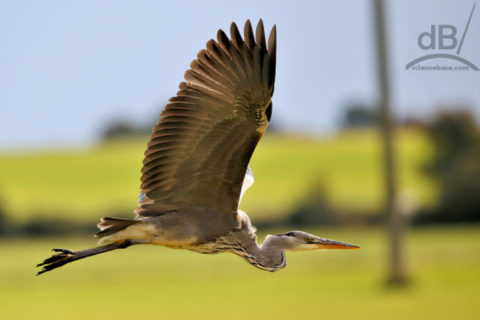BIRD REPORT 13 – Glossing over any egrets
This post is an online version of my latest nature column, which I volunteered to write regularly for our bimonthly, printed village newsletter. the Xmas issue has an article about local starling murmurations, report 13 is for the next issue.
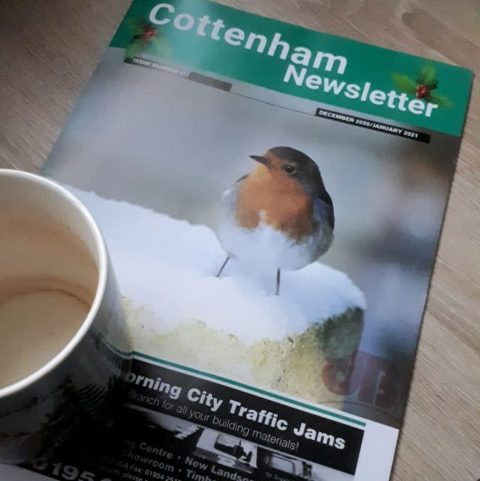
In the last Bird Report, I mentioned sightings around our local patch of some quite unusual birds, birds that are normally associated with sub-Saharan Africa, or at least the much warmer parts of Europe. There were two glossy ibis at RSPB Ouse Fen in November. Subsequently, there were sightings of more at RSPB Fen Drayton and close to Earith Sluice. It is likely there are about seven not too far from us.
I also mentioned Cattle Egrets in the last issue of which there were five or so on farmland on the edge of Fen Drayton and sometimes some seen in the nearby RSPB reserve roosting alongside the cormorants beneath skies filled with the shadowy forms of the starling murmurations. Now, many readers will know the little egret, the grey heron and perhaps the bittern, but the cattle egret is a less well-known member of the family.
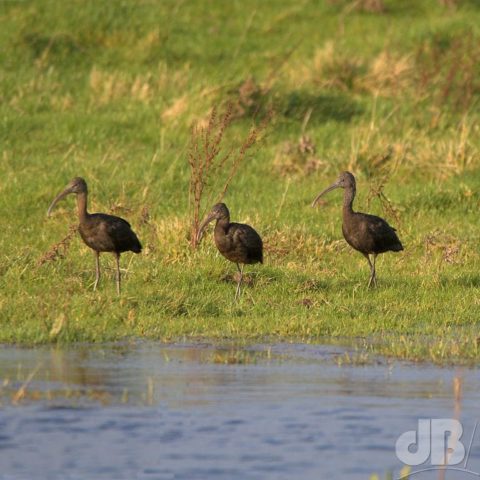
When I moved to Cambridge a little over thirty years ago, it seemed rare to spot a little egret, although grey herons definitely frequented the banks of The Cam not far from where I lived. Seeing a little egret on the Norfolk coast was an occasional treat, but now their numbers are up greatly, it seems. I’ve counted 30 or so at a time in fields at the edge of the Fen Drayton reserve. Also on the rise are great white egret numbers. They seemed to be a true rarity until very recently, now even the most novice birder will have “ticked” them several times on local reserves and I’ve seen them on several occasions feeding on the Cottenham Lode alongside grey heron and little egret. Those cattle egrets too, once a very rare sight, are seen more and more, with handfuls, trailing after any cattle they can find in our locale. On the Somerset Levels they are now reported in their hundreds.
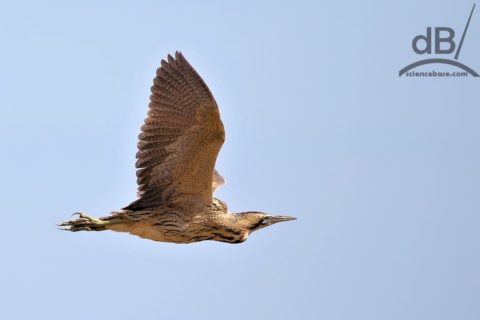
Climate change is no doubt playing a part in allowing these species to spread farther and farther north into the British Isles from their erstwhile homes in sub-Saharan Africa, to North Africa, The Mediterranean and beyond. The glossy ibis is found scattered around the warm regions of Europe, Asia, Africa, Australia, and the Caribbean, for instance, but birds that are breeding in southern Spain seem to opt to spend the winter in The British Isles over the last decade or so. But there seems to be another force driving these egrets and other wading birds. The non-native and very edible red swamp crayfish has in recent years thrived in the lakes of northern France, for instance.
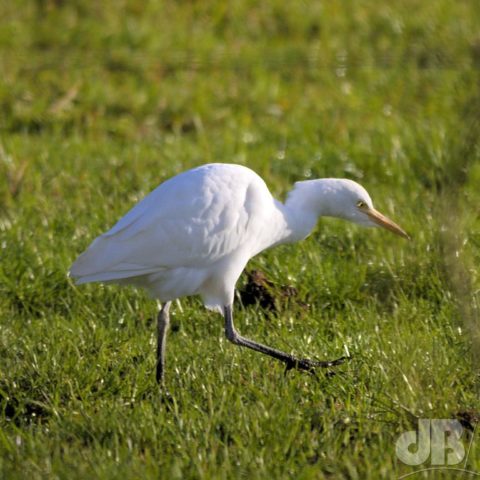
I say edible, this delicacy known stateside as the Louisiana crawfish or crawdaddy, is a native to northern Mexico and the southern USA, but has been introduced to Asia and Europe and has established itself invasively in southern Europe and more recently spread to those French lakes. This has apparently given the birds that enjoy a few crawdad themselves a stronger foothold further north. It was perhaps inevitable that those species would find ways to extend their range and feed on the native aquatic species found in our coastal, brackish, and inland water, especially the species with a migratory tendency. If the red swamp crayfish gains a clawhold in those waters, it will be bad news for some of our native species, such as the European crayfish, but good news for the feathered fishers.
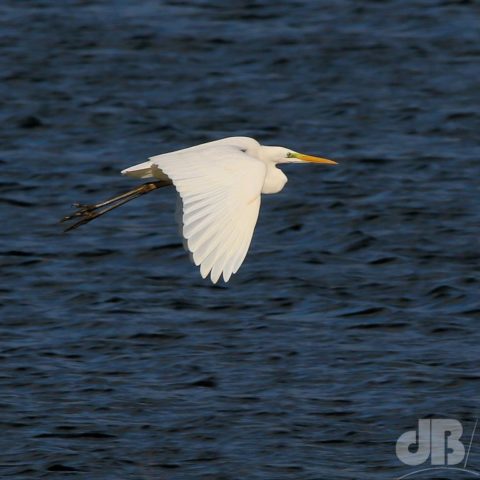
————————BOX—————————
Spottin’em in Cottenham: Recent sightings
Some interesting recent activity in and around Cottenham. One cold and foggy November night, wigeon were reported flying over the High Street and a Sunday morning soon after saw a couple of Egyptian geese over Broad Lane, a first sighting for one reader of that non-indigenous, but widespread, bird in Cottenham.
There have been a couple of waders, green sandpipers, specifically, sighted along Long Drove, they’re not uncommon in the fens, but always nice to see. Also, at the time of writing, around 60 whooper swans were on farmland at the Twentypence Marina end of the Cottenham Lode where it drains into the River Great Ouse, sometimes known as the Old Bedford River.
Also, way off its normal patch, a dusky warbler has been seen in Aldreth at the part of the village known as The Boot. A white stork (possibly an escapee from a collection) has been seen in Somersham.
